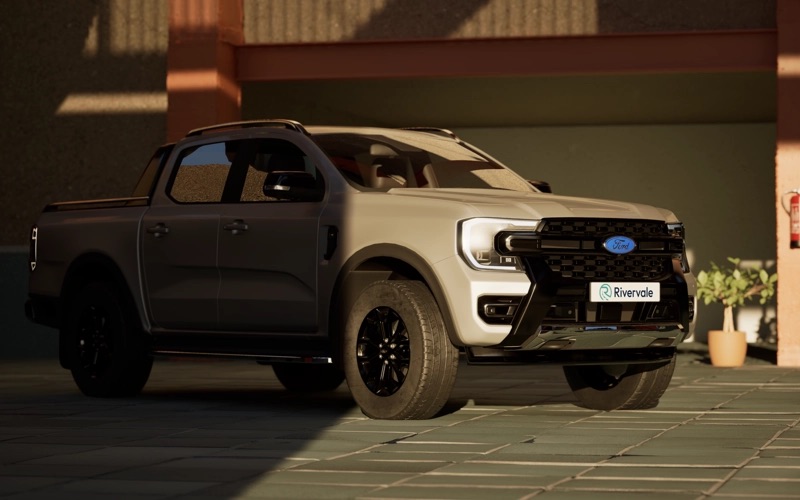Dual-Purpose Vehicle Leasing with Rivervale
Searching for the perfect dual-purpose vehicle? We have a wide range of vehicles available for lease and purchase, including Estates, SUVs and Pickups. So whatever your criteria, the chances are, we’ve got something that will tick all your dual-purpose boxes. Explore our latest least offers here.
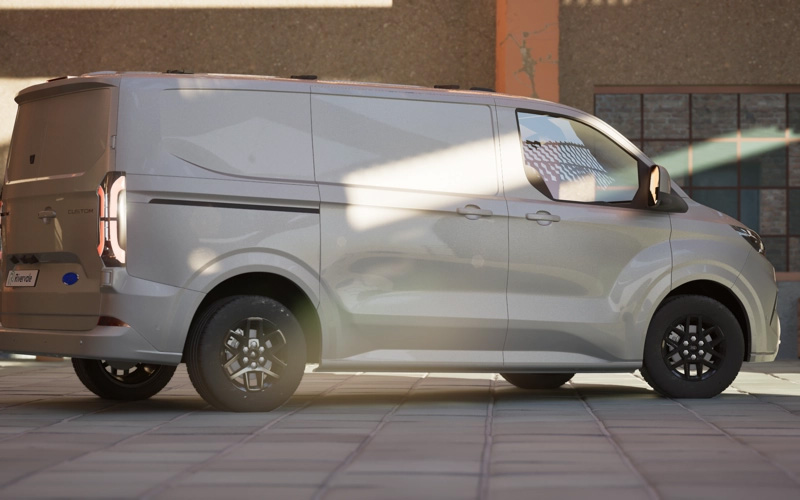
Everyday Use
Manufacturers often classify traditional trade vehicles as dual-purpose. Take, for example, the Ford Transit Custom with its three front seats or the Double Cab version, which has a rear row of passenger seats.
Those who use their vehicles for long commutes may also look for a vehicle that’s practical for family trips, pets and hobbies. Historically, manufacturers have always prioritised versatility, with body types like the estate and, more recently, the SUV, Crossover and 4x4 styles because they’re able to balance work and leisure effortlessly.
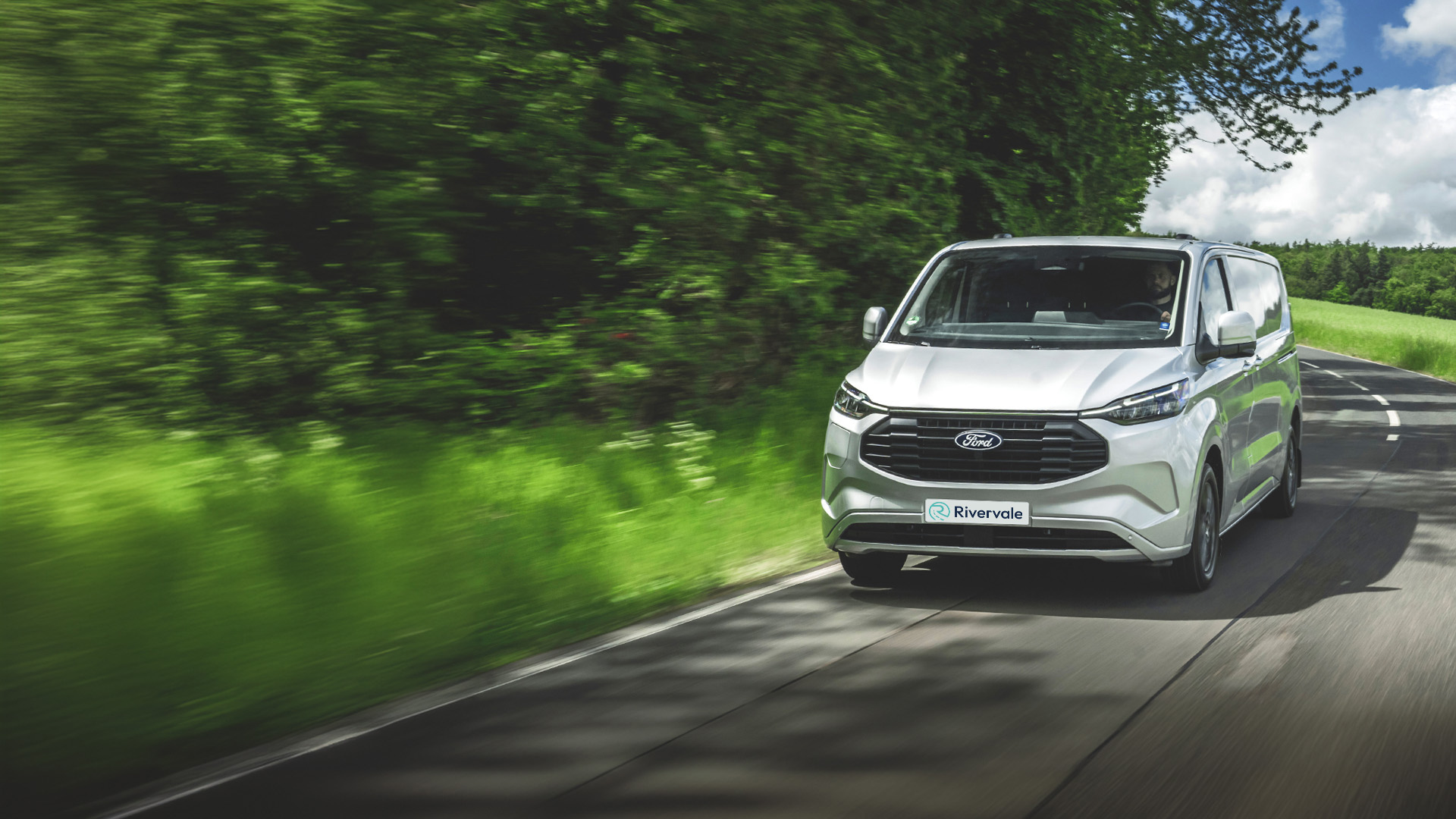
Understanding Classification and Insurance Premiums
The classification of a car and van is a bit of a grey area when it comes to insurance. There are a number of takes on the official guidelines. While the rules may seem vague, the general consensus is:
- M1 Passenger-Carrying Vehicles including saloons, hatchbacks and estates are included. Multi-purpose vehicles, such as minivans and people carriers, also fall under this category if used primarily for social, domestic, pleasure and commuting purposes.
- Minibuses - if your vehicle has nine passenger seats or more, it’s classified as a minibus and must be insured correctly, even if you only use it for private use.
- Light Commercial Vehicles - this includes pick-up trucks and larger 4x4 utility vehicles. Even though they often have all the luxuries of a car, they may actually be classed as a commercial vehicle as they were designed with cargo in mind. These are insured as vans.
Speed limits for cars and vans
Speed limits vary depending on the type of vehicle you drive. Recent changes mean you can now be fined between 25% - 75% of your weekly salary if you get caught speeding. So, it’s important to get your facts straight when it comes to vehicle type and the speed you should be driving.
Some popular double cab pickups, such as the Ford Ranger, Toyota Hilux and Volkswagen Amarok, may exceed the 2,040kg unladen weight limit. This means they no longer qualify for passenger car speed limits and must follow LCV speed limits instead.
As a rule of thumb, LCVs and vans up to 3.5 tonnes should follow these speed limits:
- Built-up areas - 30mph
- Single carriageways - 50mph
- Dual carriageways - 60mph
- Motorways - 70mph
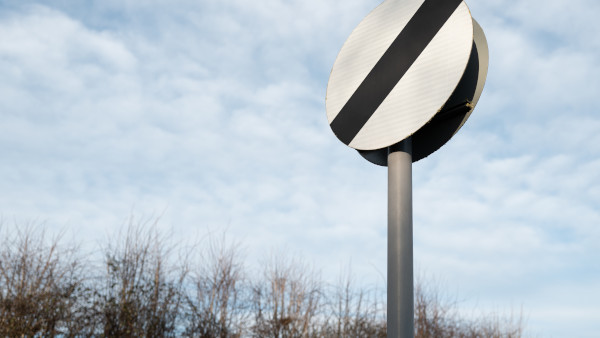
What are the benefits of having a dual-purpose vehicle?
The 5-seater, double cab varieties are winning in the popularity stakes. Why? Because they provide flexibility – acting as both a reliable work vehicle during the week and a comfortable family car on weekends. This means it eliminates the need for a second vehicle, saving costs.
Other tax benefits include:
VAT and Benefits-in-Kind Savings – To qualify as a Light Commercial Vehicle (LCV) and benefit from VAT relief, your vehicle must have a payload of at least one tonne. But be cautious with removable roofs, as they could reduce the payload below this threshold.
- Company Car Tax – If you’re an employee, you can take advantage of the reduced Benefits-in-Kind rates, covering personal use of a company vehicle outside of normal working hours.
- VAT Reclaim – If you’re VAT-registered, you can reclaim considerable amounts of VAT, so it's important you look into the tax implications carefully.
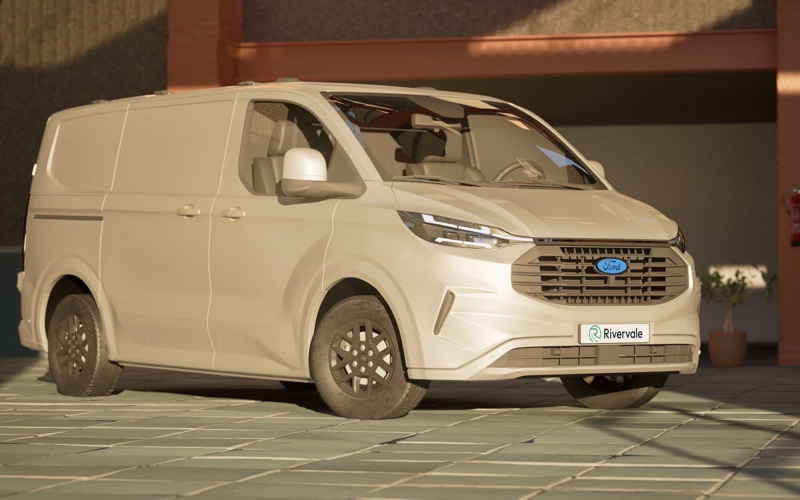
Discover the Best Dual-Purpose Vehicle for You
At Rivervale, we have a large variety of dual-purpose vehicles to suit work, personal and leisure needs. Want a hand in finding the right one for you? Get in touch, and we discuss our latest deals with you.

